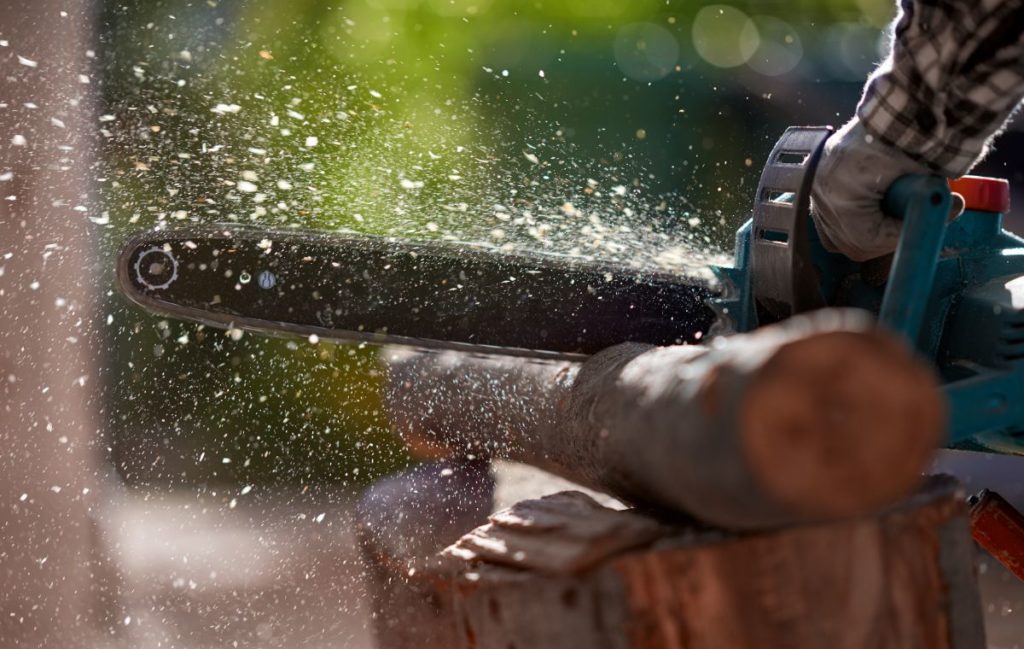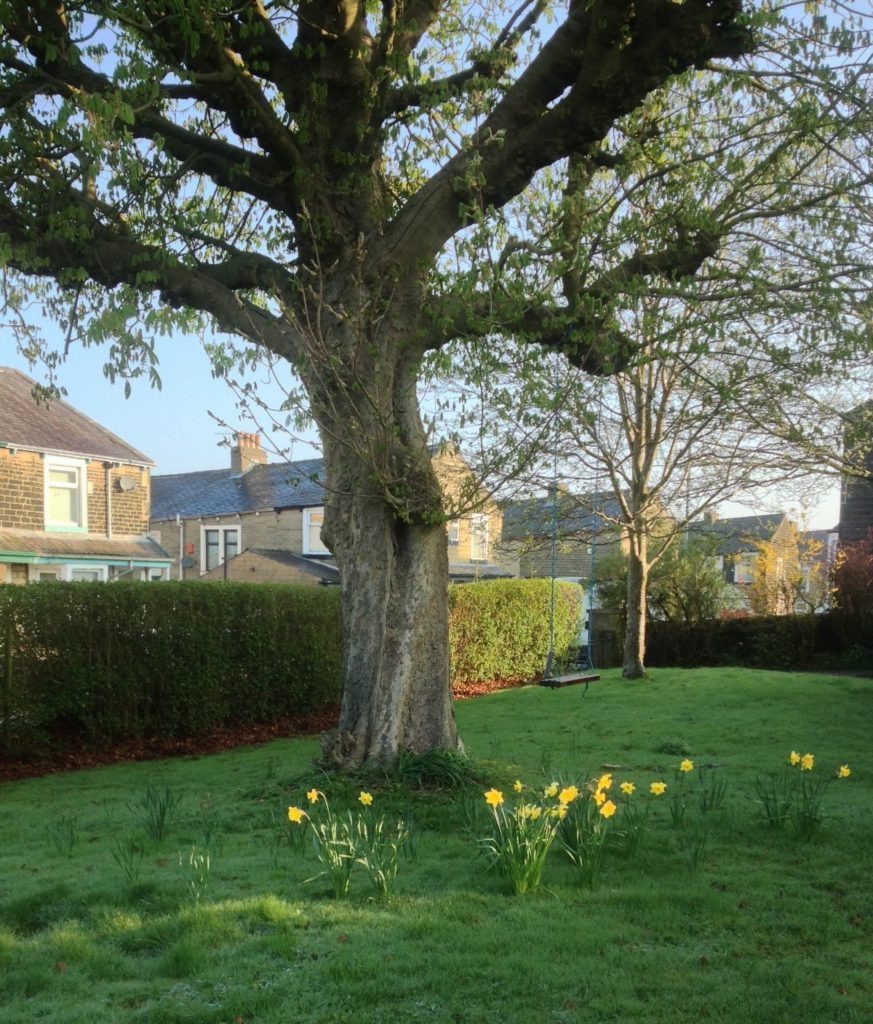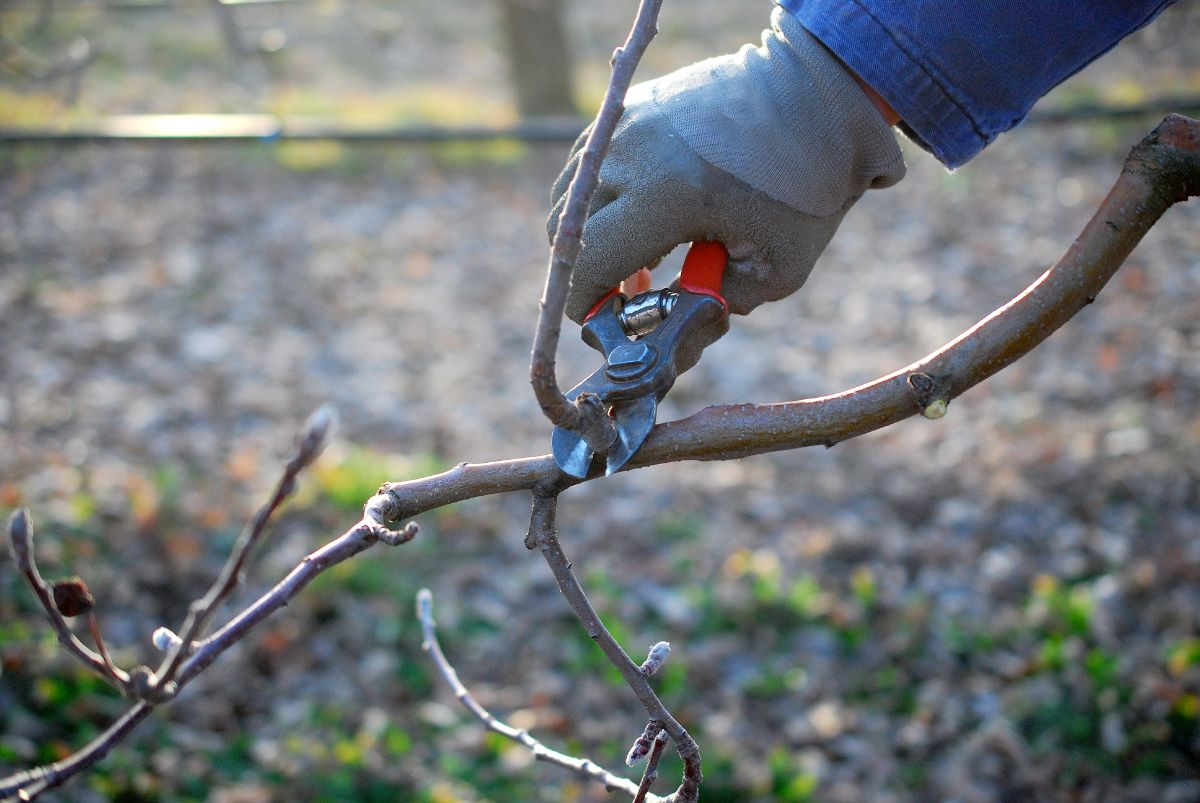DIY Dads, beware – planning to trim or remove a tree in your yard can be quite a tall task! While these two items on your to-do list may seem like they would fit in the same category, they are actually very different objectives with very different levels of responsibility.
With 40 years of experience under our belt, however, the team at Red’s Tree Service knows the ins and outs of tree trimming and removal like the back of our hand. If you’ve been gearing up to tackle that magnolia or poplar in your yard, be sure to check out the guide below first – you may just end up calling Red’s Tree Service instead!
All About Tree Trimming
When it comes to trimming trees, there is a lot to take into consideration. The process may not be as cut and dry as you might think.
Knowing When to Trim
There are three main reasons you might want to trim the tree in your yard: aesthetic, safety, and tree health.
Aesthetic: You may be more inclined to use the familiar term “pruning” when it comes to the aesthetic side of tree trimming, and you wouldn’t be wrong. Selective pruning is often used to improve the appearance of the trees in your yard, much the same as trimming a bush or pulling back the weeds. This process helps influence the tree’s growth over time and can reduce the tree’s fullness for a more aesthetically pleasing front, back, or side-yard accent.
Safety: A limb left hanging over your roof is likely the most obvious candidate for trimming. That’s because wind, rain, and winter weather can all cause unsecured limbs to fall, which could cause damage to your home or even injure people nearby. Stray limbs can also block street signs, obstruct driveways, or overhang public roads. While aesthetics are the “fun” reason to trim trees, safety is the main and most important reason and should be prioritized when considering which limbs to remove.
Tree Health: If aesthetics and safety are the most talked-about reasons to prune, tree health is the hidden gem of tree trimming. Properly pruned trees may be healthier, more beautiful, and safer – the best bang for your buck if you will. Pruning can help to eliminate dead, diseased, or insect-infested limbs that harm your tree overall, allowing your tree to grow for years to come.
The Basics of Tree Trimming
Now that you know why you should consider trimming your favorite tree, you may have a series of other questions running through your mind, like…
When is the best time to trim a tree? The best time to trim trees in your yard is during the tree’s dormant season, typically winter. However, the dormant season may depend on the species, so it is important to do your research for the best results.
How often do trees need to be pruned? Trees should be pruned about once per year. This allows for new growth later in the season!
How much does it cost to trim a tree? For a DIY tree-pruning project, you can expect to pay anywhere between $50-$200 dollars depending on the tools you decide to rent. Most people hire a professional team like Red’s Tree Service to take care of the trimming for them, and fortunately, you can contact us for a free estimate!
Safety Measures and Pruning Tips
Tree trimming is no joke. Depending on the size of the tree, the type of tree, and its location, trimming can be a very dangerous task. A good rule of thumb for any tree-related project is, if it requires a chainsaw and a ladder, hire a professional. It is by no means difficult to predict a series of potential wrong turns and drastic injuries when these two tools are mixed together, so it is important not to take the risk if it is not necessary. The same goes for trees that are within ten feet of power lines: don’t take the risk, hire Red’s Tree Service!
If it is safe enough to trim a tree on your own, be sure to prune during the tree’s dormant season and try to prune younger branches if you can. Try to only trim tree branches with V-shaped angles. The branches with U-shaped angles are more important to the tree’s structure.

Tree Removal
Tree removal is a very different game than tree trimming and should be handled with as much caution as possible or left to professionals altogether. Again, the golden rule of tree trimming and removal is that if you need a ladder, you need a professional.
Removing smaller trees is possible on your own so long as you take an abundance of caution. This is because removing small trees means digging them out of the ground rather than cutting them down. The best course of action is to water the soil around the tree several days before you attempt to remove it to keep the ground pliable and make the job easier. Then, measure how many inches tall the tree is – you’ll want to dig 6 inches deep for every inch high the tree is. Once you’ve dug out the roots, move the tree back and forth until you can wrest it from the ground.

Come On Dad, Just Call Red’s Tree Service!
Although we have an enormous amount of respect for self-serving individuals and do-it-yourself mentalities in dads, moms, grandfathers, aunts, cousins, and particularly scrappy daughters, tree trimming and removal is a professional enterprise. Let Red’s Tree Service take over, and schedule us for a free estimate today!

